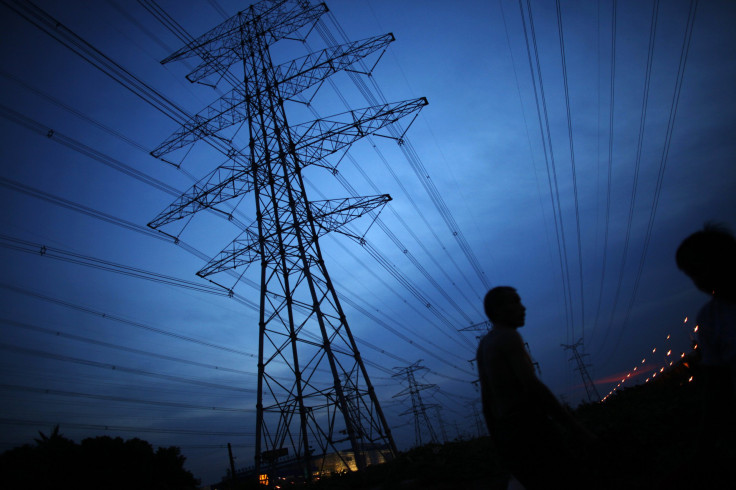World may face over 60% reduction in electricity production capacity due to climate, water resource changes

Scientists predict that power plants worldwide would potentially face more than 60 percent of reduction in electricity production capacity from 2040-2069 due to impacts of climate change and changes in water resources. A new study suggests providing new technologies and using renewable energy could significantly help prevent the decline.
Worldwide, hydropower and thermoelectric power contribute to 98 percent of overall electricity production, according to researchers from the International Institute for Applied Systems Analysis (IIASA) in Austria. Power plants generating electricity from these sources depend on water availability, commonly using freshwater from rivers and streams.
The study, published in the journal Nature Climate Change, shows model projections that indicate how climate change will affect water resources availability and increase water temperatures in many regions around the world.
An earlier study by the researchers has found that a decrease in summer water availability and the increase in water temperatures linked with climate change could potentially cause significant reductions in thermoelectric power supply in Europe and in the U.S. But in the current study, the team expands the impact to a global level.
The new findings come from the analysis of data from nearly 25,000 hydropower and 1,500 thermoelectric power plants worldwide.
"This is the first study of its kind to examine the linkages between climate change, water resources, and electricity production on a global scale,” said study co-author Keywan Riahi, director of IIASA Energy Programme. “We clearly show that power plants are not only causing climate change, but they might also be affected in major ways by climate."
Significant reductions in electricity production are expected in the U.S., southern South America, southern Africa, central and southern Europe, Southeast Asia and southern Australia. These regions are most vulnerable to the impact of climate change to reduce the potential of both hydropower and thermoelectric power generation, said lead researcher Michelle Van Vliet, from the IIASA and Wageningen University in the Netherlands.
The researchers said some adaptation measures could help mitigate the impact of climate change on the global power supply. Power plants around the world should provide technological developments to increase efficiency and switch from coal to more efficient gas-fired plants or from freshwater cooling to air or seawater cooling systems.
In addition, improving cross-sectoral water management during drought could also help prevent significant reductions.
"We show that technological developments with increases in power plant efficiencies and changes in cooling system types would reduce the vulnerability to water constraints in most regions,” Van Vliet said. "In order to sustain water and energy security in the next decades, the electricity focus will need to increase their focus on climate change adaptation in addition to mitigation."





















